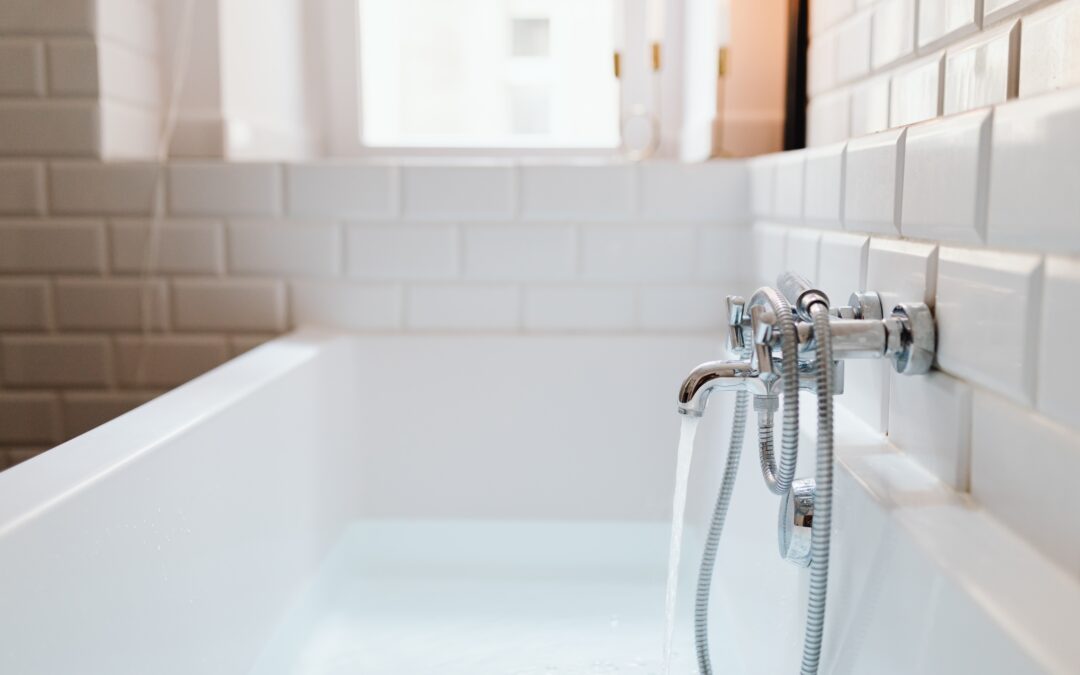Water could be hiding under your sink or garbage disposal. Large leaks can often be identified by high water levels or erosion. Water could also be leaking from multiple locations.
ESTABLISHING A BASELINE
It is crucial to prepare the area well and create a baseline before you can diagnose a serious problem. Make sure you have enough room for everything by taking everything out from the sink.
To view the sink basin, place your hands under the cabinet. Next, grab a flashlight. Dry everything with a dish towel (or a few paper towels). You can use the corner to absorb water that has escaped from the edges of your paper towels.
This will give you additional information about the source. You may find that the water is returning back to the source.
THE FLOW TEST
After drying everything, check the drain pipes. Any loose or slippy connections can lead to leakage in the drain lines. You can let the water run in each basin for 2 minutes.
Locate the connection between pipes/disposal/sink and begin at the top.
THE BASIN TEST
If your regular flow test found no obstructions, stress-test your drainpipes. Each basin should be filled with water. Then, place a stopper in it. This is also known as “basin testing”. Once the basins are full, you can remove the stoppers from the drains and turn on the garbage disposal.
If the dishwasher is empty, shut it off. Each dishwasher will have a different method for starting the drain cycle.
The dishwasher’s water will likely seep into the garbage disposal via a pipe of black or white. A “Air gap “.” may also be useful.
THE FAUCET STRESS TEST
After draining the basin, inspecting for leaks, and checking the supply lines and shutoff valves again, you still haven’t located the source. It is possible that the leak was not detected by the first test because everything was dried. Check for mineral buildup on hardware.
As rigorously as the drainpipes, the faucet should be tested. You can move the sprayer forward and backwards. You can pull the sprayer out several times to check different modes. All faucets do not indicate a leaking problem.
WHAT’S NEXT?
Tests may not show any leakage. It’s best to not attempt to repair or guess at any of the components. Use 2 to 3 baking trays to cover plumbing under the sink. Rubber tray are also an option.
Use all cleaning products to clean the sink. You can use the catch pan to continue troubleshooting the problem if you’re baking tray or cleaning materials are wet. An optional water alarm is available. This alarm detects water in the cabinet and will sound an alarm if it becomes damp.

